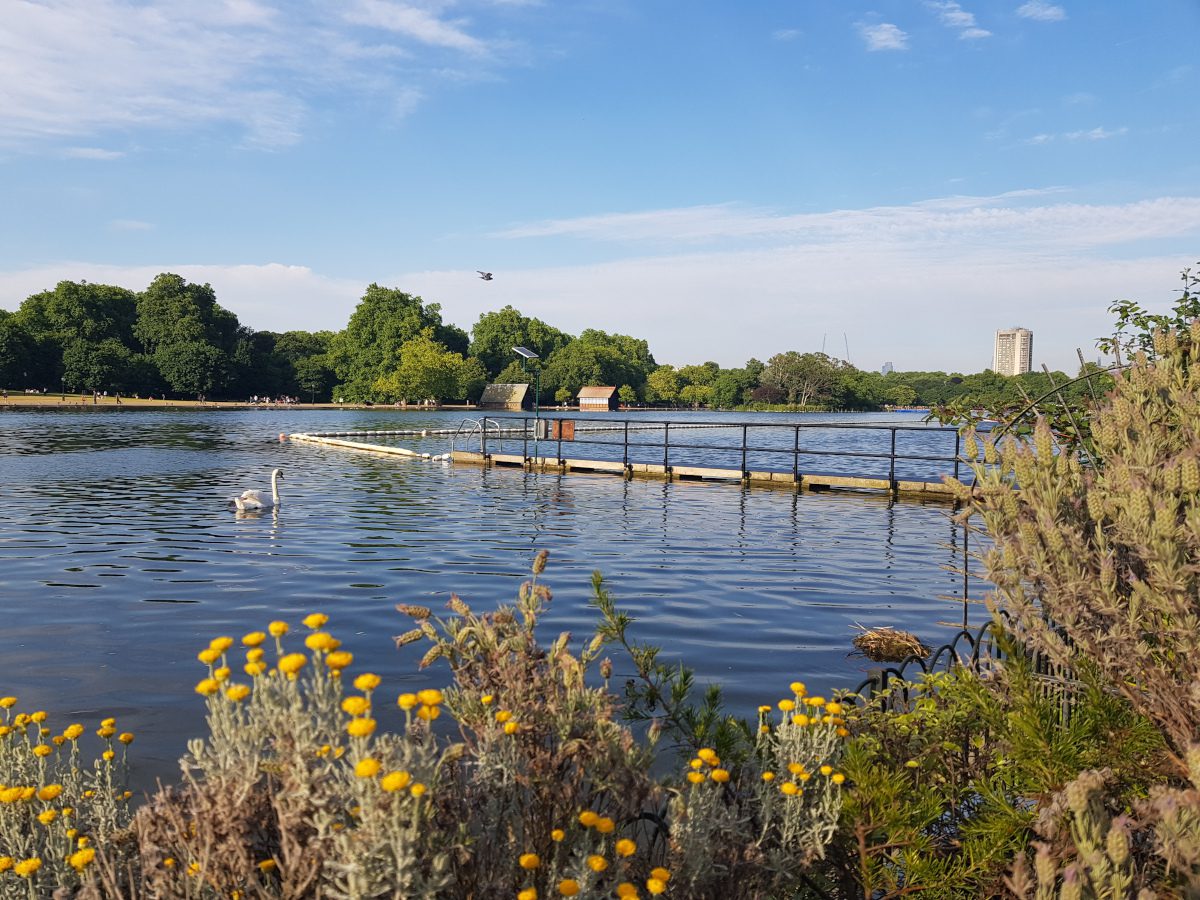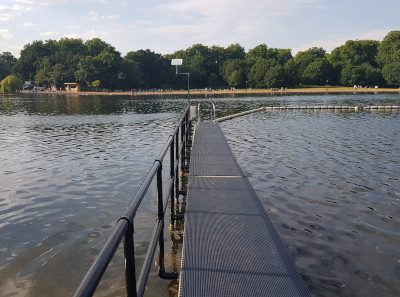
Looking to find ways to keep improving water quality, the managers of the Royal Parks have installed a continuous water quality monitor; an ESNET (Environmental Sensor NETwork) system from Meteor Communications, as the company writes.
The Serpentine is monitored by the Environment Agency which collects samples for bacteriological analysis every week between May and September. However, the ESNET continuous water quality monitor was installed to improve understanding of the factors affecting water quality.
Covering an area of around 16 hectares, the Serpentine was created in 1730 by the wife of George 2nd, Queen Caroline. Originally fed by the River Westbourne and Tyburn Brook in the 1730s, the lake’s water was later pumped from the River Thames. Today, water is pumped from two boreholes from within Hyde Park.
The water quality monitoring system was installed in February 2022, measuring key parameters including Blue/ Green Algae, Chlorophyll, Temperature, Conductivity, pH, Turbidity and Dissolved Oxygen. Measurements are taken continuously in real-time with updates every 30 minutes to the MeteorCloud™ web portal, with instant alerts for any issues that may influence bathing water quality. “The ESNET system will provide essential data for the future management of the lake,” explains the Royal Parks’ Dr Pawel Szynkarczuk. “We need this empirical data to better understand short- and long-term trends, as well as the factors affecting water quality. For example, a key advantage of a continuous time-series dataset is the ability to correlate water quality incidents with potential impact factors such as ambient temperature and heavy rainfall.
“The Environment Agency’s laboratory tests are more focused on bathing safety, whereas the wider variety of parameters monitored by ESNET will provide greater insights into the factors affecting water quality generally. The ESNET system will therefore allow us to make informed decisions, whilst also enabling us to measure the impact of any improvement measures.”
Water quality improvement measures currently include litter/debris removal as well as aeration at 24 points around the lake. However, the large population of wildfowl in Hyde Park is the likely cause of any water pollution; with raised nutrient levels during summer being an area that is carefully monitored. The water quality challenges presented by the wildfowl are compounded by Park visitors feeding the ducks and geese by throwing food into the water. Raised nutrient levels during summer are therefore carefully monitored, and an initiative is underway to try to alter visitor behaviour. “We have a campaign entitled ‘Help Nature Thrive’, which is designed to discourage overfeeding – it’s not good for the birds and it certainly isn’t good for water quality,” explains Assistant Hyde Park Manager, Ian Nightingale. “In the past, we have had to address raised nutrient levels on two occasions by dosing the water with a modified bentonite clay which binds with free reactive phosphorus. While this method appears to be effective, it is expensive, so the provision of continuous monitoring will enable us to fully evaluate the cost/benefits of any future water quality improvement measures.”

The ESNET system has been installed at the Environment Agency’s water sampling point, adjacent to the lake’s bathing area, and the water quality sensors are built into a compact water quality sonde which is permanently located beneath the water surface. In order to maintain the highest levels of accuracy, the sonde is routinely swapped out with a pre-calibrated sonde by Meteor Communications.
The entire system runs on very low levels of power, with a small solar panel meeting the power requirement of the entire ESNET system. “This is very important,” explains Meteor MD Matt Dibbs. “These systems are usually installed in remote locations for customers such as the Environment Agency and utility companies; frequently these sites have no pre-existing power or communications capability.
“We were recently consulted by the Environment Audit Committee and provided them with a live demonstration; explaining how ESNET systems are monitoring UK rivers and providing alerts when potential pollution incidents could threaten bathing water quality. We hope that the Serpentine ESNET system will deliver similar benefits; helping the Park managers to improve the lake’s water quality.”






